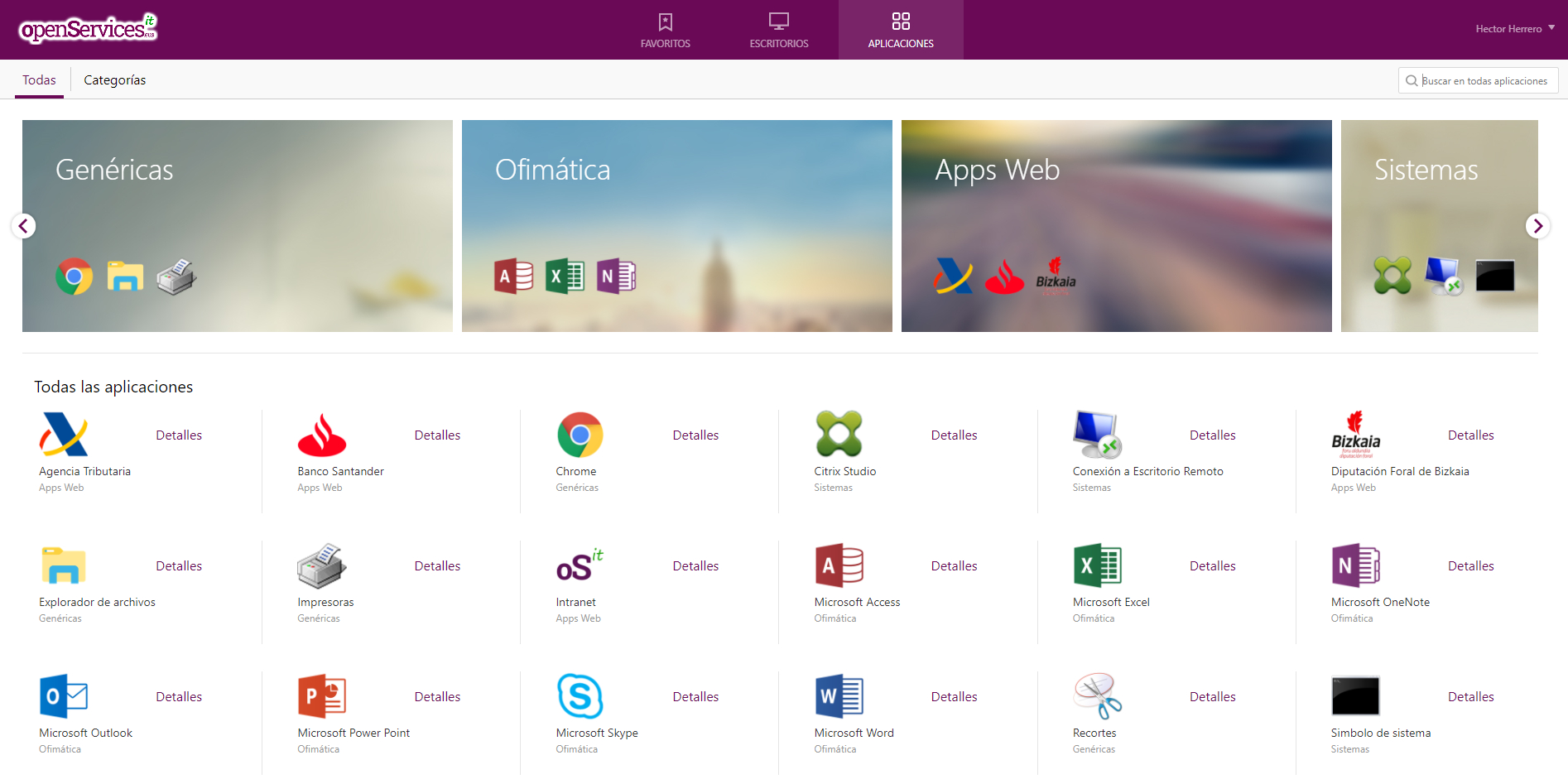Renaming a domain in Windows Server 2008
Well, I hope this never touches you, or at least in a complex organization, In the document we will see what are the steps for a correct renaming of our domain. We will rely on Microsoft's utility called RENDOM.EXE; We will have to take into account certain prerequisites to perform the migration, as well as:




































